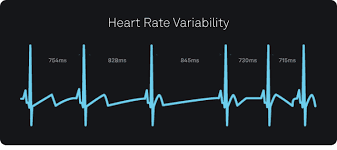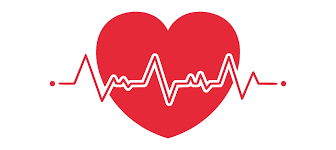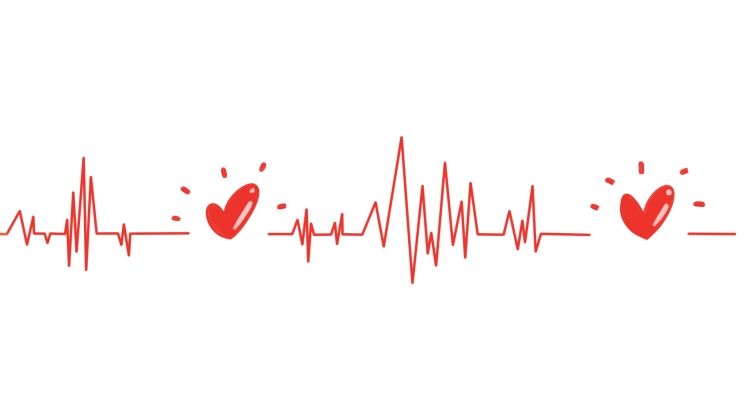Heart Rate Variability (HRV) is a measure of the variation in time between consecutive heartbeats. Unlike a metronome, a healthy heart does not beat at perfectly regular intervals—instead, the time between beats fluctuates slightly. These variations are controlled by the autonomic nervous system (ANS), which regulates involuntary bodily functions like heart rate, digestion, and breathing.
Why HRV Matters
HRV is a powerful indicator of overall health, stress levels, and recovery status. A higher HRV generally suggests better adaptability to stress, while a lower HRV may indicate fatigue, chronic stress, or underlying health issues.
How the HRV System Works
1. The Autonomic Nervous System and HRV
The ANS has two main branches:
-
Sympathetic Nervous System (SNS): Activates the "fight or flight" response, increasing heart rate and reducing HRV.
-
Parasympathetic Nervous System (PNS): Promotes "rest and digest" functions, slowing the heart and increasing HRV.
HRV reflects the balance between these two systems. A healthy, resilient body efficiently switches between stress and recovery, leading to higher HRV.
2. How HRV Is Measured
HRV is typically measured in milliseconds (ms) using:
-
Electrocardiogram (ECG/EKG): The gold standard for HRV measurement.
-
Chest Strap Monitors: Such as Polar H10 or Garmin HRM-Pro.
-
Wearable Devices: Like Apple Watch, Whoop, Oura Ring, or Garmin watches.
Common HRV metrics include:
-
SDNN: Standard deviation of all heartbeat intervals (reflects overall variability).
-
RMSSD: Root mean square of successive differences (indicates parasympathetic activity).
-
LF/HF Ratio: The balance between sympathetic and parasympathetic activity.
3. Factors That Influence HRV
-
Stress (Physical & Mental): Chronic stress lowers HRV.
-
Sleep Quality: Poor sleep reduces HRV.
-
Exercise: Moderate exercise improves HRV, while overtraining lowers it.
-
Hydration & Nutrition: Dehydration and poor diet negatively affect HRV.
-
Breathing Techniques: Slow, deep breathing increases HRV by stimulating the vagus nerve.
How to Use HRV for Better Health
-
Track Trends, Not Daily Numbers: HRV naturally fluctuates—focus on long-term patterns.
-
Optimize Recovery: If HRV drops consistently, prioritize rest, sleep, and stress management.
-
Adjust Training Intensity: Athletes use HRV to avoid overtraining.
-
Improve Lifestyle Habits: Meditation, hydration, and balanced nutrition support higher HRV.
Final Thoughts
HRV is a valuable tool for assessing autonomic nervous system health. By monitoring HRV, you can gain insights into stress, recovery, and overall well-being. Whether you're an athlete, biohacker, or someone managing stress, understanding HRV can help optimize your health.
















